Lesson 4:
LEGACIES OF DISPOSSESSION
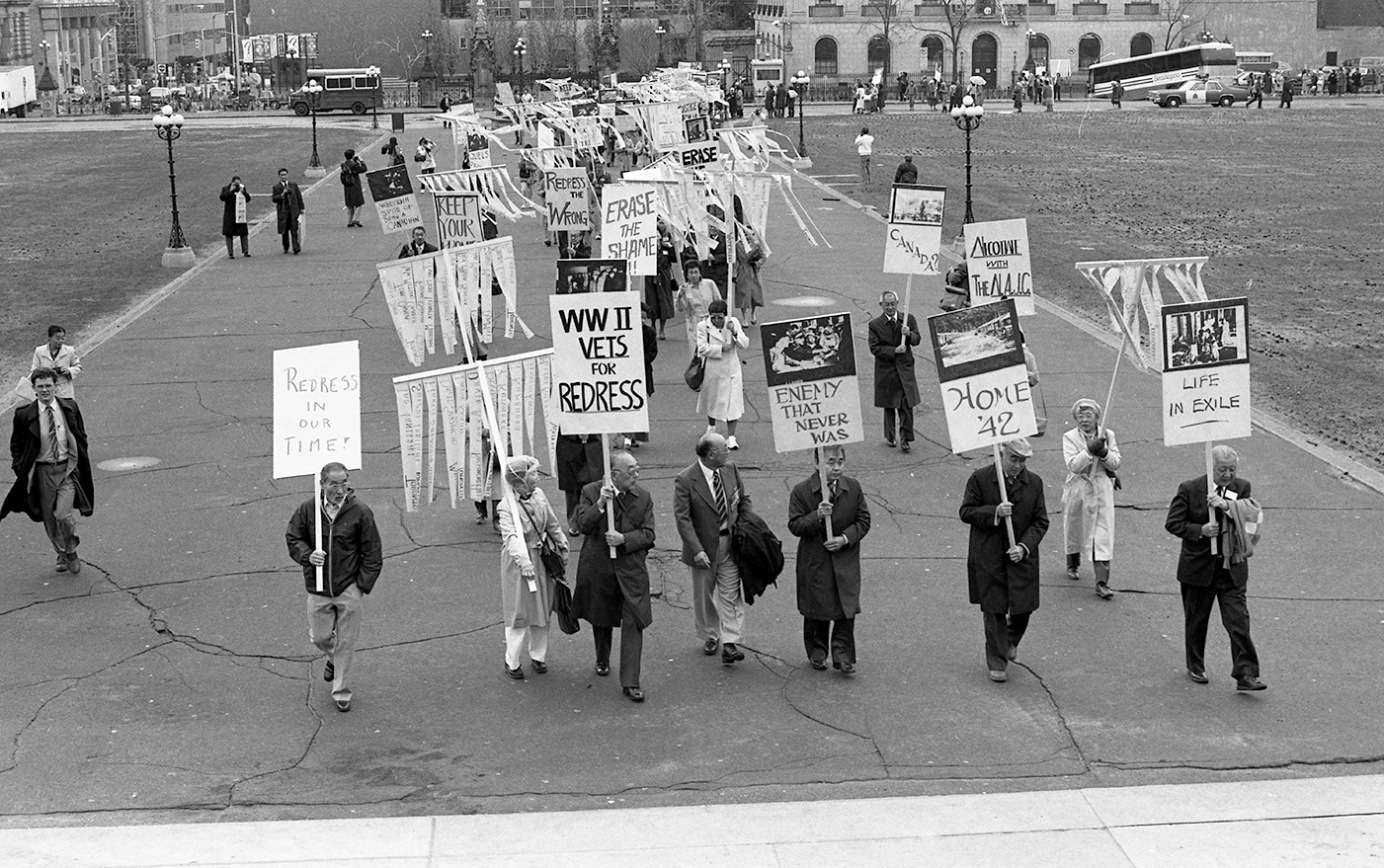 Scroll down
Scroll down
Intro Story: The Nagata Family
Visit our Timeline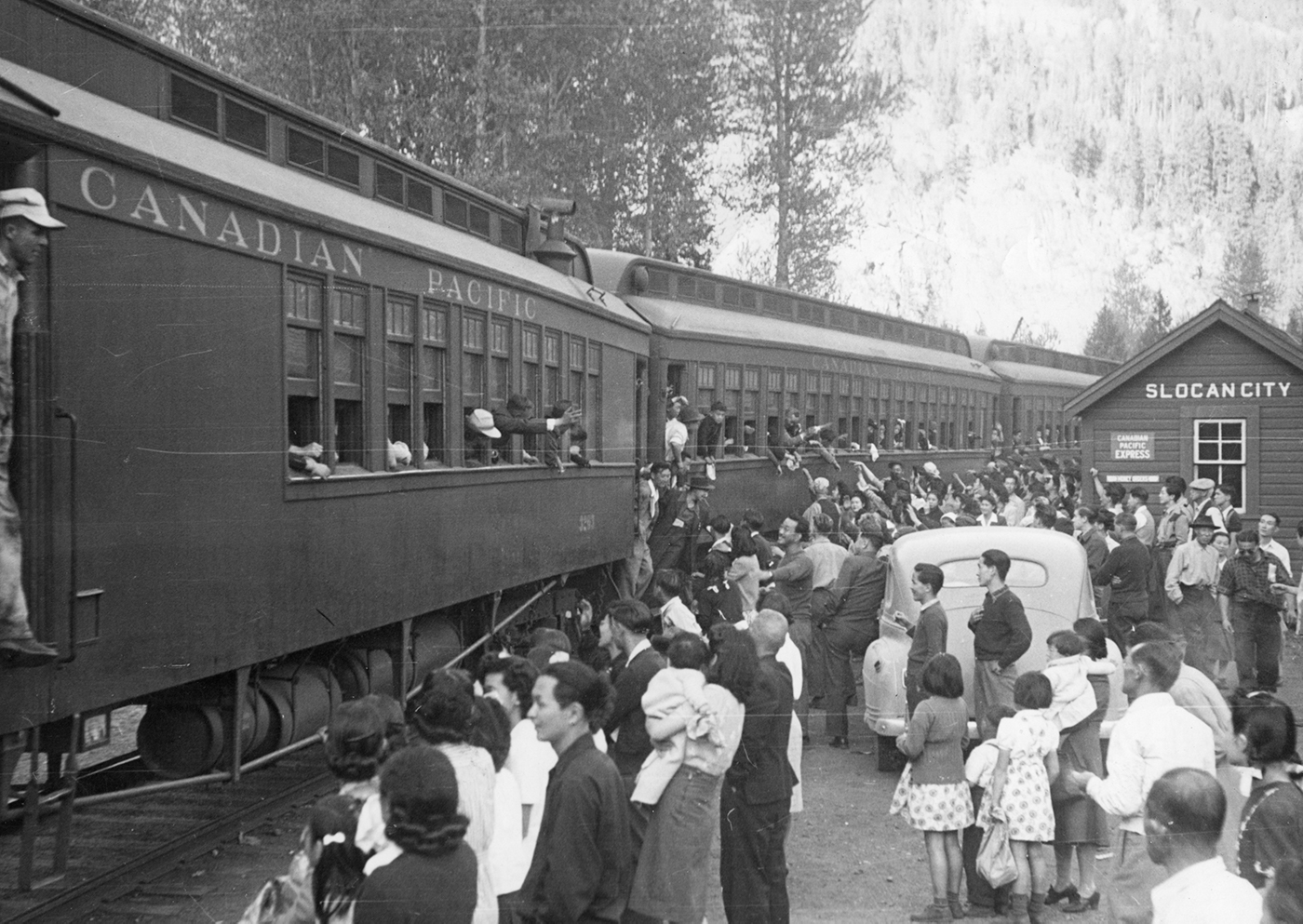
Police took Shinko Nagata’s father from their home on 7 December 1941. Japanese attacks in the Pacific that morning led to the arrest of 38 Japanese Canadians deemed a threat to Canada. Her innocent father was among them. She would never forget that day.
The arrest marked the beginning of the Nagatas’ seven-year struggle against the Canadian state. At every turn, they faced agencies and individuals who sought to control their lives.
Alone, Shinko’s mother, Naka, fought to preserve their family and to educate their children. To do so, she needed access to the family’s funds. So she negotiated with Fredrick Field, a low-level officials who controlled their account.
On 15 November 1942, Naka wrote a lengthy letter to Field. She needed funds beyond the regular allowance.
She explained that she had used the funds responsibly. She avoided “luxuries and non-essentials,” including “unnecessaries such as shows, clothes, and others.” Yet, she argued, the $100 monthly allowance allotted was simply not enough to sustain the family of eight.
Her careful letter succeeded. Field granted a one-time payment that allowed the family to buy winter clothing.
For the seven years of the internment and dispossession, the government was always present in the lives of families like the Nagatas. But they pursued their own goals despite overwhelming injustice. The story of the Nagatas, like so many other Japanese Canadians, is a story of perseverance.
The Lesson
Lesson Overview
Allotted Time: 7 PERIODSStudents investigate the change in government policy, with respect to the property of Japanese Canadians, from one of custodial trusteeship, to one of forced sales. Students examine the causes of the change in policy and then assess whether the change was made in good faith. The lesson concludes by examining reactions from Japanese Canadians to the forced sale of their property and the responses from the Custodian of Alien Property.
Access this lesson online by selecting an Activity from below, or print this lesson package in full by clicking here.
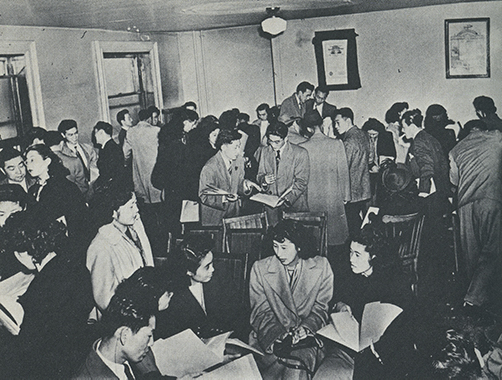
Focus Question
How did the uprooting and relocation of Japanese Canadians impact family, home, sense of community, and sense of place?
Targeted Learning
- Explore changes to the demography of families impacted by internment, dispossession and deportation
- Understand where Japanese Canadians were forced to settle and how they rebuilt communities
- Explore conceptions of Canadian identity and consider how the Japanese Canadian community has shaped/been shaped by these identities
- Explore the fight for compensation, apology and redress through understanding of how the Japanese Canadian community was impacted by uprooting, internment, dispossession and deportation
- Examine the issue of deportation and its place in the larger story of internment and dispossession
- Understand the nature of public and official apology in the quest for national reconciliation or redress
- Understand the various steps taken by the government of Canada to address the harms caused by uprooting, internment, dispossession and deportation
Activities

Where is Home Activity
In this activity students will consider the challenges Japanese Canadians faced moving to new locations during the internment and then again in the post-war years. Their homes had been sold, they could not move back to British Columbia and many families lacked the resources to manage resettlement again. Students will predict challenges faced by these families, then examine archival sources to understand the true depth of the harm caused by forced relocation, deportation, and removal.
Where is Home Activity
Letters from Tashme Activity
The evacuation, internment, dispossession, and forced relocation were experienced by men and women, youthful and aged, affluent and impoverished, issei and nisei in very different ways. What was it like to be a teenager in the 1940s experiencing these processes? Some teenagers later recalled the interment in a positive light. What unique challenges did they face and struggle to resolve?
Letters from Tashme Activity
Shaken Identity Activity
In this activity students will explore the limited range of choices given Japanese Canadian families for resettlement at the end of the internment. Students examine archival sources and secondary readings where they consider the very limited options faced by Japanese Canadians. The activity culminates with a mixed media project taking the form of a collage, storyboard, gallery walk, monologue or song. Drawing upon the knowledge and understandings gained in the previous activity students demonstrate the depth of their understanding with respect to the challenges, resiliency, and long- term impact of dislocation and dispossession on Japanese Canadians.
Shaken Identity Activity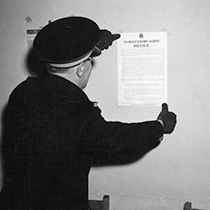
After the Apology Activity
Has the Canadian government been accountable for its actions against Japanese Canadians in the 1940s? In this activity students will examine the various steps the federal government of Canada has taken, since the end of internment in 1949, to compensate, apologize, redress and reconcile past injustices with Japanese Canadians.
After the Apology Activity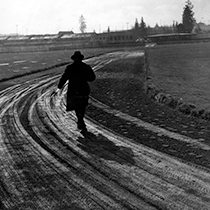
Memory Game Activity
In this, and subsequent activities, we explore the question of why and how we should remember the uprooting, internment, dispossession, and displacement of Japanese Canadians. We begin by investigating the role of memory and sites of memory in remembering the past. Research into eyewitness testimony suggests that it is flawed and often inaccurate. Our view of the past is much like this because we depend on individual memories and interpretations of those memories for our understanding of past events. How would your memory of an incident compare with others witness to the same event?
Memory Game Activity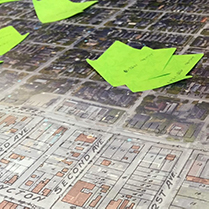
WHAT’S IN A NAME?
In this activity students explore ways in which societies commemorate, honour or recognize the past. These sites of memory can take many forms and represent a variety of purposes. How should we/have we commemorated the injustice of evacuation, internment, dispossession, and displacement? Students will explore the concepts of national memory, sites of memory and manner in which public sites of memory are named. Students will confront the stark disparity in the number of common public places that are named for people of colour, ethnic minorities, women and religious minorities
What's in the name Activity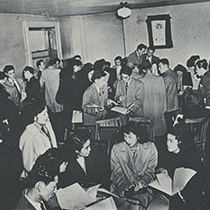
Education is Change Activity
This activity brings together the breadth and depth of learning acquired by your students in the course of the lessons in this resource. Museums and other public institutions use the design jam as a way to brainstorm, create ideas, consider challenges, and map out new designs for exhibits. In this lesson the students will design an exhibit intended to educate about the evacuation, internment, dispossession, and relocation of Japanese Canadians.
Education is Change ActivityEvaluation
Assessment will be left to the individual instructor and may incorporate the assessment rubrics provided with this resource.
Handouts
- Handout 4.1 Predictions of Post-Internment Life for Japanese Canadians
- Handout 4.2 Letters from Tashme
- Handout 4.3 From Internment to Exile
- Handout 4.4 Shaken Identity Project
- Handout 4.5 After the Apology
- Handout 4.6 Debate the Question
- Handout 4.7 How We Remember
- Handout 4.8 What’s in A Name?
- Handout 4.9 Design Jam
Sources
- Source 4.1 Japanese Canadian Population Distribution by Provinces 1941 and 1947
- Source 4.2 Powell St. Population 1941 and 1949
- Source 4.3 Interview with Betty Toyota
- Source 4.4 Student Letter A
- Source 4.5 Student Letter B
- Source 4.6 Student Letter C
- Source 4.7 Student Letter D
- Source 4.8 Notice for Dispersal
- Source 4.9 Repatriation Survey
- Source 4.10 Internment and Exile
- Source 4.11 Pickersgill Memo
- Source 4.12 A Post-War History of Japanese Canadians
- Source 4.13 PM Mulroney Apologises
- Source 4.14 Does PM Trudeau apologize too much?
- Source 4.15 Point-Counterpoint
